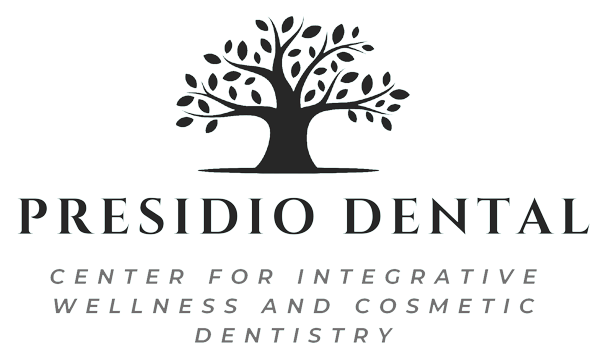
THE CHARACTERISTICS YOU SHOULD BE LOOKING FOR IN A DENTIST
Dec 07, 2015
How is a dental implant placed?
Dec 22, 2022
A SPEEDY RECOVERY AFTER YOUR WISDOM TEETH ARE REMOVED
May 23, 2016
YOUR NEW DENTURES REQUIRE REGULAR CARE, CLEANING AND MAINTENANCE
Jun 25, 2016
HOW TO RELEASE FOOD THAT IS STUCK BETWEEN YOUR TEETH
Jul 22, 2016

HOW TOOTHPASTE HAS EVOLVED OVER TIME
Did you know that people have been cleaning their teeth and caring for their smiles since as early as 5000 BC? The Egyptians started using a paste to clean their teeth around this time. Other ancient civilizations used toothpastes as well, such as the Greeks and Romans. In China and India, toothpaste developed around 500 BC.
While ancient toothpastes had many of the same purposes as today—cleaning the gums and teeth, freshening breath, and whitening teeth—the ingredients were quite different and varied. Ancient toothpastes included ingredients like ox hooves, ashes, burnt eggshells, and pumice. The Greeks and Romans used crushed bones and oyster shells in their toothpastes, as they preferred abrasiveness. The Romans lessened bad breath by using flavoring. They also used powdered charcoal and bark. In 4 AD, the Egyptians used crushed rock salt, mint, dried iris flowers, and pepper to create a teeth cleaning powder.
In the 1800s, toothpastes began using soap as one of the ingredients. Ingredients like chalk and ground charcoal were also used. During the 1850s, tooth cleaners developed from being powders to being an actual paste. Toothpaste in a jar called Crème Dentifrice was the first of these pastes. In 1873, Colgate began the mass production of toothpaste in jars.
Fluoride became a toothpaste ingredient in 1914 and in 1945, the soap in toothpastes was replaced by ingredients like sodium lauryl sulfate, which makes the paste smooth In more recent times, toothpastes have been developed that do things like whiten the teeth and provide extra protection against decay, gum disease, and bad breath.
We welcome you to contact Presidio Dental today to learn more about toothpaste and oral health in San Francisco, California, and to schedule an appointment with our dentists. Dr. Karamyan, Dr. Abramyan, and our dental team are thrilled to answer any questions that you may have!
Our Locations
- MONClosed
- TUE - THU9:00 am - 6:00 pm
- FRI - SUNClosed
1010 North Glendale Ave, Suite 206, Glendale, CA 91206
Phone: (818) 638-3074
Email: presidiodentalla@gmail.com
- MON - FRI9:00 am - 6:00 pm
- SAT - SUNClosed








comments